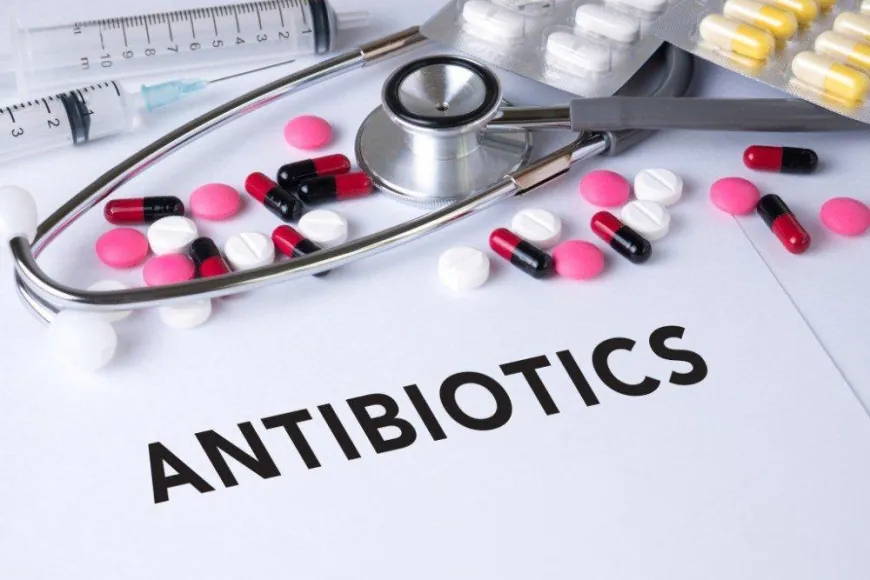Antibiotics: How Medication Work and the Threat of Antimicrobial Resistance Industry
Medication are medications that either kill or slow the growth of bacteria. The discovery of penicillin by Alexander Fleming in 1928 is considered a landmark achievement in the history of modern medicine.

Defining Antibiotics and Their Discovery
Medication are medications that either kill or slow the growth of bacteria. The discovery of penicillin by Alexander Fleming in 1928 is considered a landmark achievement in the history of modern medicine. Fleming noticed that a mold called Penicillium was releasing a substance that was killing surrounding bacterial colonies in a petri dish. This substance would later be refined into the first commercial Antibiotic, penicillin. Since then, scientists have discovered hundreds of naturally occurring and synthetic medication that have saved countless lives from bacterial infections.
How Antibiotics Kill Bacteria
There are several mechanisms by which medication kill or inhibit bacterial growth. Bacteria have complex cell walls, membranes, and protein-making processes that medication target. Cell wall synthesis inhibitors like penicillins and cephalosporins interfere with peptidoglycan production, weakening the cell wall and causing it to rupture. Protein synthesis inhibitors such as tetracyclines and macrolides bind bacterial ribosomes to block protein production. DNA replication inhibitors like quinolones impair the enzymes bacterial use to duplicate their genetic material. Membrane disruptors compromise the integrity of bacterial membranes, destroying their ability to regulate what enters and exits the cell. No matter the mechanism, medication either overwhelm essential bacterial functions or deprive them of necessary processes, leading to death or stagnated growth.
The Emergence and Spread of Antimicrobial Resistance
Unfortunately, some bacteria have developed resistance to many commonly used medication. Known as antimicrobial resistance (AMR), this occurs through natural selection—bacteria undergo genetic mutations that enable them to survive drug exposure. Resistant bacteria then multiply and spread their resistant genes to others. AMR emergence has been exacerbated by the overuse and misuse of medication in human medicine, animal agriculture, and consumer products. When medication are prescribed for viral infections they cannot cure or consumed in low doses, they exert evolutionary pressure driving ever more resistant strains. Globalization has accelerated international dissemination of these superbugs. Untreatable gonorrhea, tuberculosis, and other deadly infections are increasingly reported worldwide due to AMR. If left unaddressed, experts project drug-resistant pathogens could cause millions of deaths annually by 2050.
Slowing Drug Resistance Through Stewardship and Innovation
Several strategies aim to preserve the effectiveness of current medication and buy time for novel drug development. Prudent antibiotic stewardship programs optimize prescribing and minimize unnecessary use in healthcare. Infection prevention and control blocks transmission. Vaccination reduces the bacterial disease burden placing evolutionary pressure on pathogens. International cooperation tracks and contains emerging resistance through surveillance. Alternative treatments like bacteriophage therapy and probiotics offer complementary approaches. Researchers also seek new antibacterial targets and engineering techniques.
In Summary, unfortunately, such efforts face economic and scientific hurdles—medication garner less profit than drugs for chronic diseases, so major pharmaceutical firms have largely abandoned antibacterial research. With combined global commitment and incentives, the risks of AMR can be mitigated and the antibiotic pipeline reinvigorated to safeguard modern medicine's foundation. But swift, worldwide action is paramount to this pressing public health threat.
Get more insights on Antibiotics
Unlock More Insights—Explore the Report in the Language You Prefer
About Author:
Money Singh is a seasoned content writer with over four years of experience in the market research sector. Her expertise spans various industries, including food and beverages, biotechnology, chemical and materials, defense and aerospace, consumer goods, etc.












